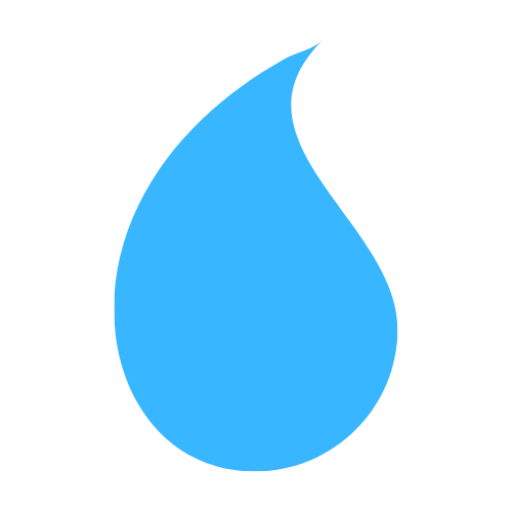The Bottle Shape
When planning a new glass bottling line, bottle shape plays a critical role in both efficiency and product presentation. A cylindrical bottle is often the most practical choice because its symmetrical design ensures smooth handling throughout high-speed production, minimizing the risk of tipping, jamming, or misalignment on conveyors. This uniform geometry also simplifies integration with automated equipment such as rinsers, fillers, cappers, and labelers, leading to greater line stability and fewer stoppages. Beyond operational efficiency, cylindrical bottles optimize packing density in cartons and pallets, lowering transport and storage costs. At the same time, they offer a clean, timeless look that suits a wide range of beverages and labeling options, balancing functionality with strong shelf appeal.
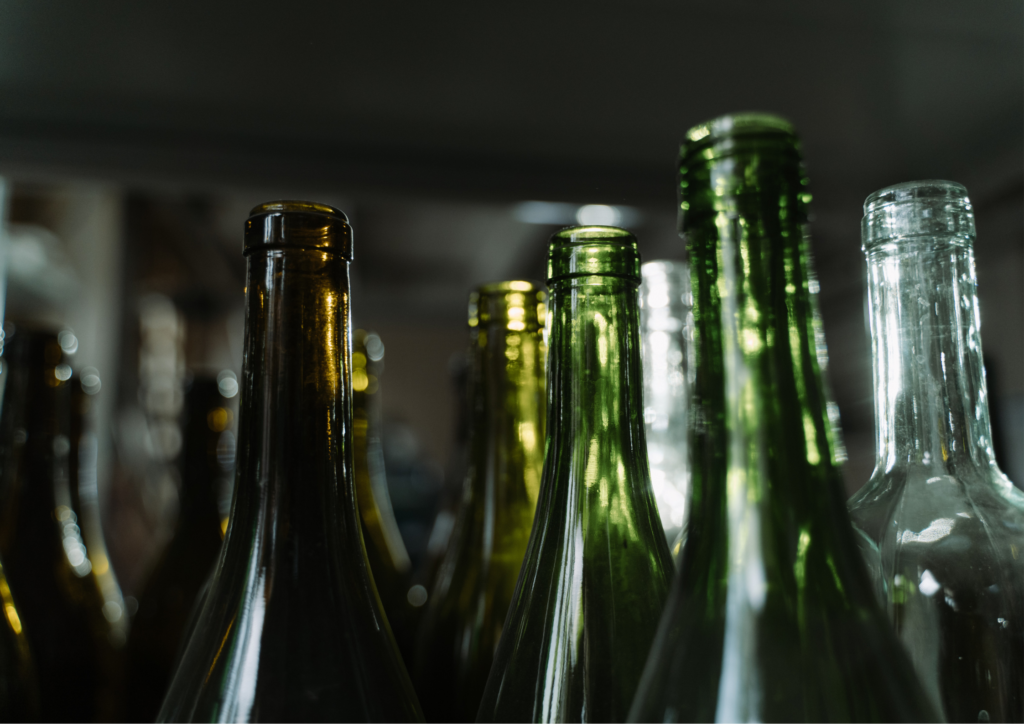
When to invest in a Depalletizer?
Investing in a depalletizer becomes essential once production volumes reach a level where manual unloading of bottles is no longer practical, safe, or cost-efficient. At higher speeds, relying on operators to handle pallets increases the risk of workplace injuries, product breakage, and bottlenecks that slow down the entire line. A depalletizer automates the process of transferring bottles from pallets to the conveyor, ensuring a continuous, steady flow into the bottling line while reducing labor costs and improving consistency. For producers scaling up capacity, seeking greater efficiency, or aiming to improve safety and product handling, a depalletizer is a smart investment that quickly pays back through smoother operations and reduced downtime.
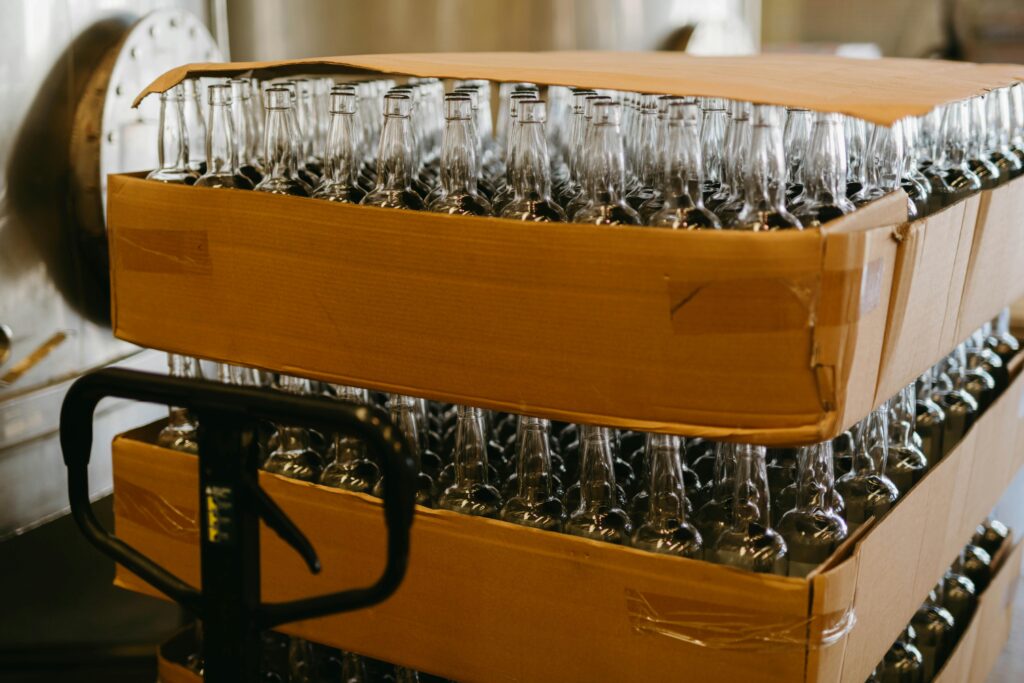
Which Filling Technology?
Choosing the right filling technology for a glass bottling line depends mainly on the type of beverage, its characteristics, and the desired shelf life. For still products such as water, juice, or wine, gravity or volumetric filling offers accuracy and efficiency at lower cost. For carbonated drinks like beer or sparkling water, isobaric filling is essential to maintain carbonation and prevent foaming during the process. Sensitive beverages that require extended shelf life, such as dairy-based drinks or preservative-free juices, benefit from aseptic filling, which maintains sterility throughout the operation. Hot-fill systems are another option for products that can tolerate higher temperatures and do not require aseptic processing. Ultimately, the filling technology should match the product’s needs while ensuring efficiency, product quality, and cost-effectiveness.

What about Labels?
When it comes to labeling, the choice should balance branding goals, production efficiency, and packaging conditions. Pressure-sensitive labels are highly versatile and deliver a premium look with sharp graphics, making them a strong option for premium beverages or smaller batches that require flexibility. Wrap-around labels, on the other hand, are a cost-effective solution for high-volume production, covering much of the bottle surface with minimal material use. Shrink-sleeve labels provide 360-degree design space and excellent shelf impact, while also offering tamper-evidence—an advantage for certain markets. For maximum durability, in-mold labels integrate directly with the bottle during manufacturing, resisting moisture and abrasion. The right labeling technology should align with the brand’s image, budget, and line capabilities while ensuring consistent application at production speed.
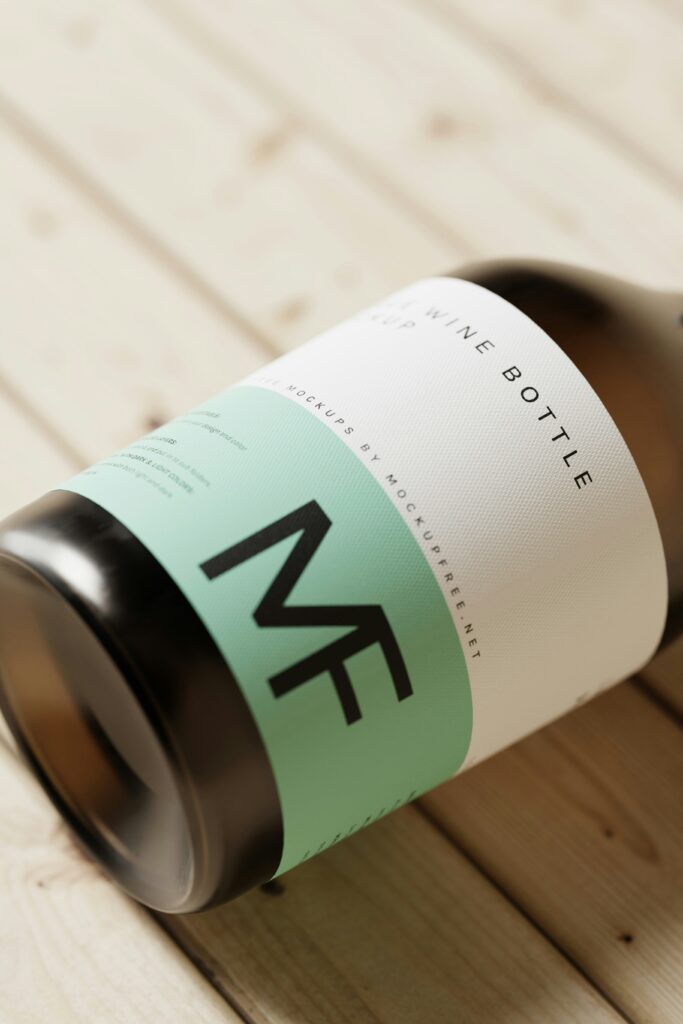
Time to Package
When it comes time to package your bottles, the choice of secondary packaging—shrink film, carton, or tray—depends on your product positioning, logistics, and retail strategy. Shrink wrapping is the most economical and widely used solution, ideal for high-volume beverages where cost efficiency and compact transport are priorities, though it offers limited branding opportunities. Trays combined with film add stability and are well-suited for heavier glass formats or multi-pack configurations. Cartons, meanwhile, provide the highest level of protection and a large printable surface, making them a preferred option for premium products or when strong shelf visibility is required. The right solution should balance protection, sustainability, cost, and marketing needs while ensuring bottles arrive safely and look appealing to consumers.
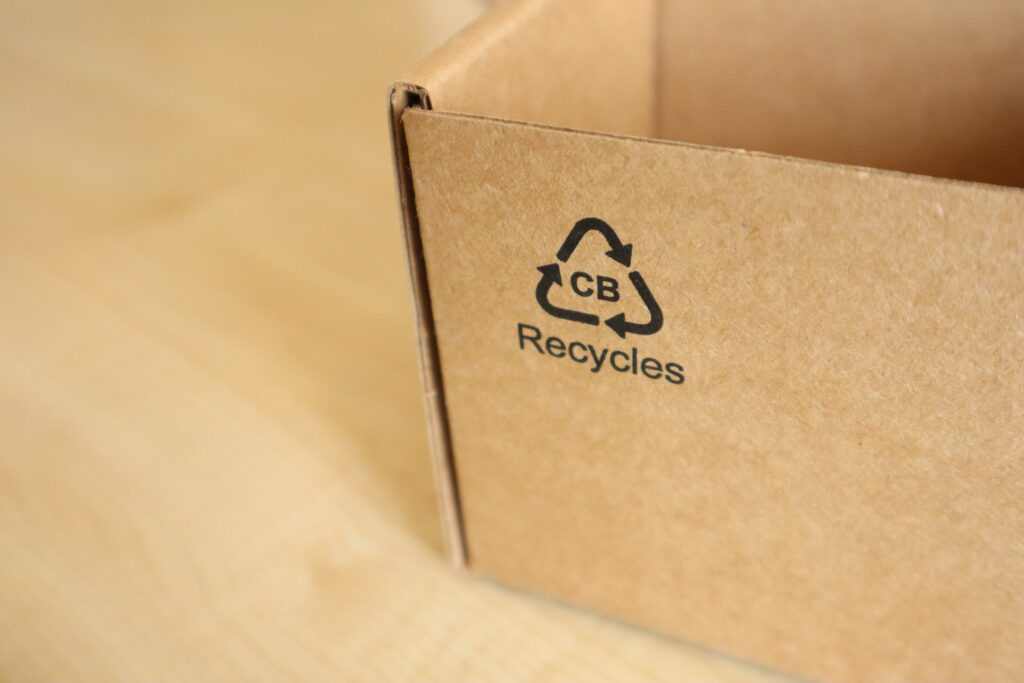
Loading on Pallet
The choice between manual and automatic palletizing depends largely on production volume, labor resources, and long-term efficiency goals. Manual palletizing can be sufficient for small operations or specialty products, where output is limited and flexibility is needed to handle different formats without heavy investment. However, as production speeds increase, manual handling becomes labor-intensive, inconsistent, and potentially unsafe. In these cases, an automatic palletizer ensures faster, more precise stacking with minimal operator intervention, reducing labor costs and workplace injuries while improving consistency. For mid-sized producers, semi-automatic solutions can provide a good balance, combining automation with some manual input. Ultimately, the right palletizing approach should match your current output while leaving room for future growth.
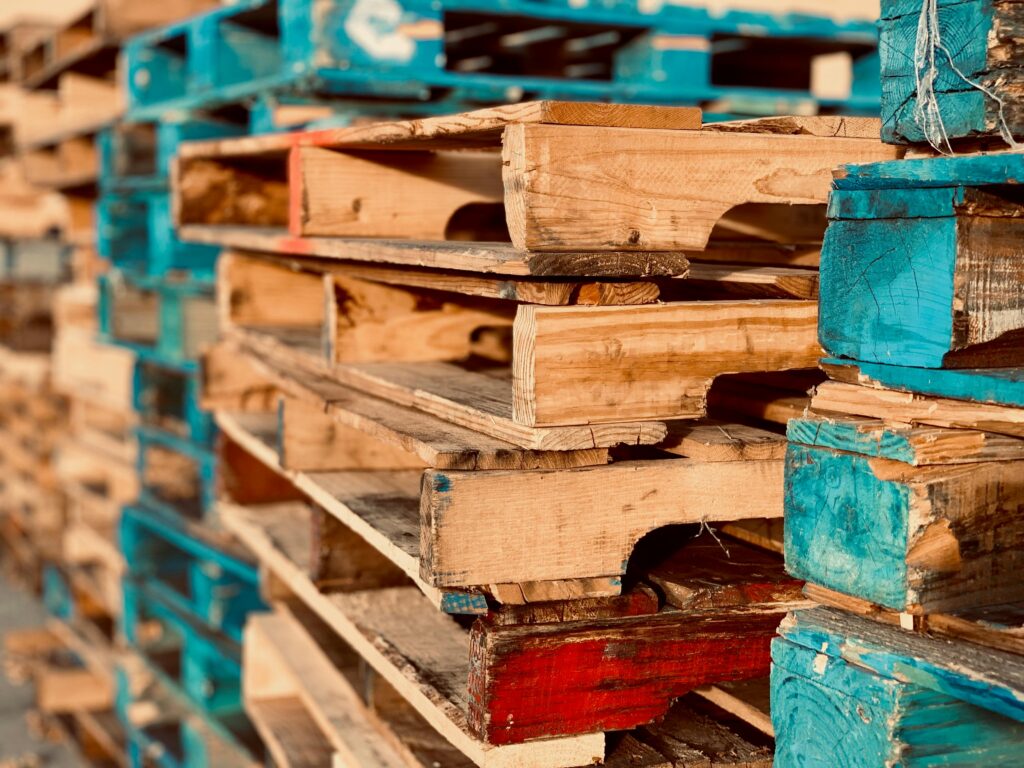
And the Conveyors?
Conveyors are the backbone of any glass bottling line, ensuring a smooth and continuous flow of bottles between each stage of production. The right investment here is crucial: under-dimensioned or poorly designed conveyors can quickly create bottlenecks, slowdowns, or even breakages in glass handling. For smaller lines, a straightforward, reliable conveyor system may be sufficient, but as speeds and volumes increase, more advanced features such as accumulation tables, variable speed drives, and gentle handling systems become essential to maintain efficiency and protect the product. Modular designs also allow for easier adjustments as production evolves. In short, conveyors should be seen not just as a transport system, but as a strategic part of the line that directly impacts efficiency, uptime, and product integrity.
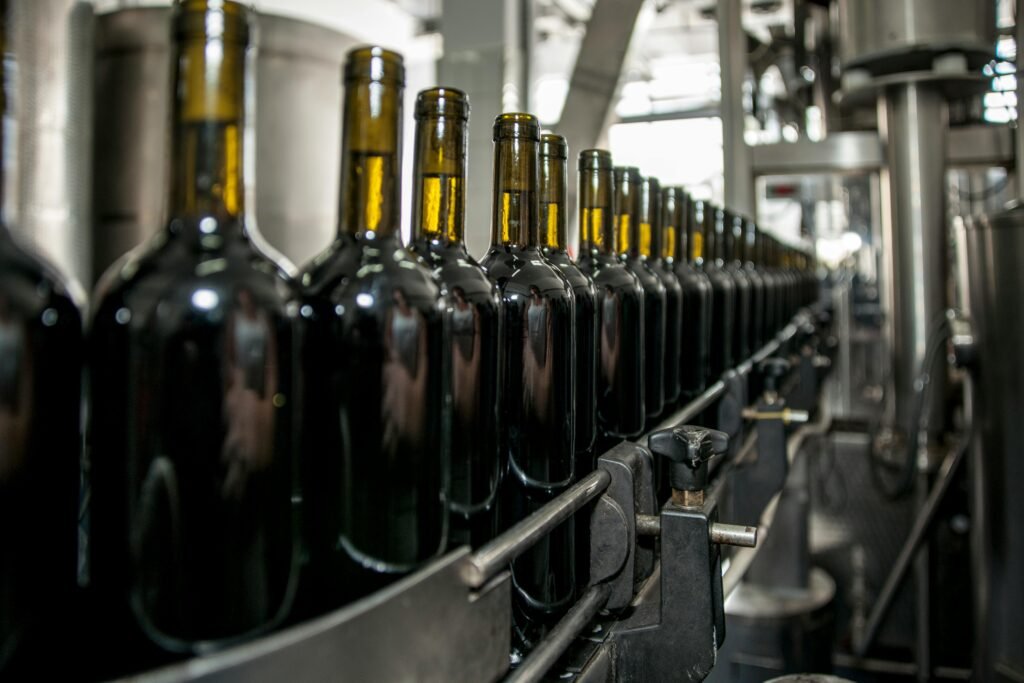
Conclusion
In conclusion, planning a new glass bottling line means carefully aligning every choice—from bottle shape to filling, labeling, packaging, palletizing, and conveyors—with both your product requirements and long-term business goals. Each element of the line contributes to overall efficiency, safety, and brand presentation, so cutting corners in the wrong place can create costly bottlenecks later. By investing wisely in the right technologies and layouts, you not only secure consistent product quality and smooth operations but also build a flexible system that can grow with your production needs. A well-planned line is more than machinery—it’s the foundation for competitiveness and success in the market.

